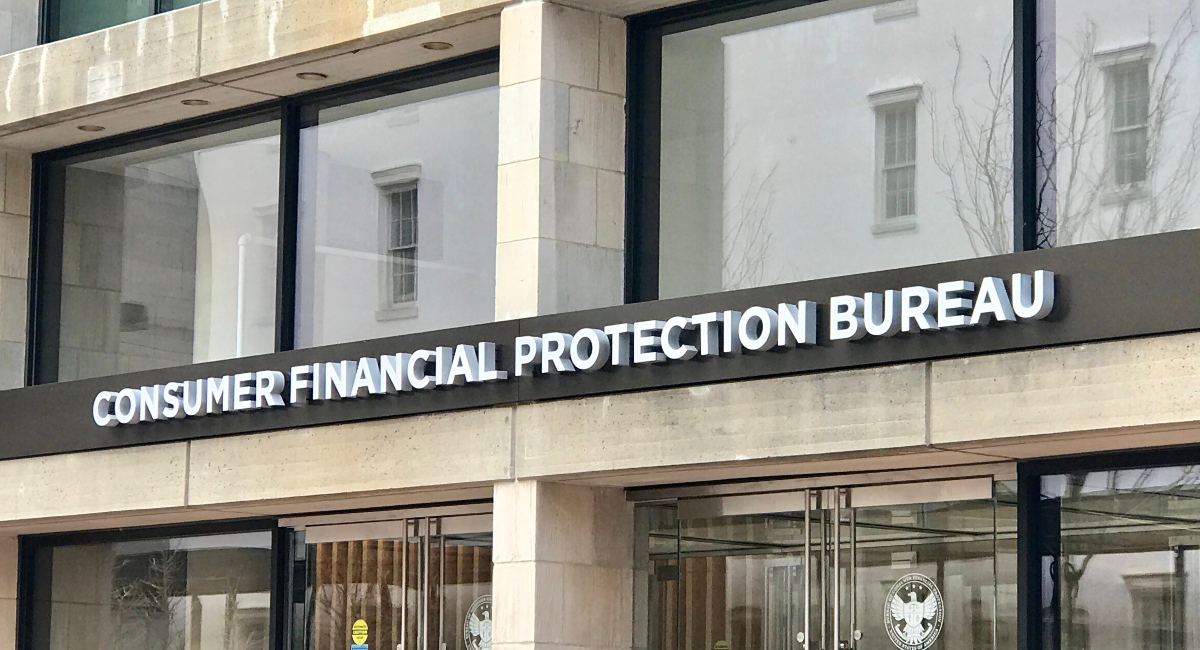
3 Scenarios for the SAVE Plan Lawsuits
The SAVE plan lawsuits threaten President Biden's signature student loan initiative.Saving on a Valuable Education (SAVE) is an IDR program that requires borrowers to pay 5% to 10% of their discretionary income, defined as everything above 225% of the poverty line.Previous IDR plans are far less generous.Nearly half of borrowers on the SAVE plan have a $0 a month payment, and the success of the Biden v.
Nebraska lawsuit that blocked cancellation likely encouraged Republican plaintiffs to try and bring down the SAVE plan too.We'll discuss the three major scenarios that could happen with the SAVE plan lawsuits so you can be prepared.Why lawsuits have been filed against SAVE Republican officials tend to take legal action against student loan policies only when the cost is very large.The first major student loan legal fight centered on President Biden’s effort to cancel over $400 billion of student debt starting in 2022.
Other policies with a lower price tag, such as the IDR account adjustment and Public Service Loan Forgiveness (PSLF) waiver, didn’t draw significant legal opposition from Republicans.The White House's $138 billion cost estimate of the SAVE plan assumed cancellation would be successful. However, with the Supreme Court shooting down cancellation, other nonpartisan estimates put the cost estimate of SAVE at $475 billion.Our own cost estimate is closer to $1 trillion (our number is higher due to a larger estimate of how much universities would raise their prices in response to a more generous IDR plan).Whatever cost estimate you use, the price tag of SAVE clearly passes the “major student loan policy” threshold.
Much of the new SAVE plan was supposed to go into effect by July 1, 2024.It’s likely that Republican State Attorneys General simply took a while to figure out how to bring a lawsuit against the plan.Likely, the much lower payment for undergraduates that was about to go into effect in July 2024 was more controversial to them than the interest subsidies and slightly lower payments for graduate degree professionals.Of course, 2024 is also an election year, so the SAVE plan became a target.
Thus, two major lawsuits were filed against SAVE, possibly in the hopes that one of the two different approaches would be successful (the Missouri lawsuit and the Kansas lawsuit).The primary lawsuit to worry about is with the Eighth Circuit Court of appeals (the Missouri / MOHELA lawsuit against SAVE).What the SAVE plan lawsuits argue All the lawsuits against SAVE argue that the SAVE plan is illegal.The lawsuit most likely to bring down the program is the one led by the state of Missouri suing on behalf of MOHELA.
Here's what that lawsuit argues: The interest subsidy provisions of SAVE keep borrowers in debt for less time, and thus MOHELA doesn't earn as much money MOHELA has FFEL loans and loses money when borrowers consolidate to get the benefits of the SAVE plan The Administrative Procedures Act (APA) was violated with the SAVE plan and thus the whole rule is invalid Department of Education responds by freezing some loans during litigation Progressive groups and borrower advocates asked the administration to freeze student loans in response to the challenges by Republican officials, and they sort of did that.I say “sort of” because only borrowers currently on the SAVE plan benefit from the “new pause,” and even then only borrowers with a non-zero payment will actually see any difference.That’s a little more than 3 million borrowers enrolled in SAVE with a non-zero payment who will effectively get a new student loan pause on their accounts while the litigation plays out.The pause does not count for forgiveness under IDR or PSLF.
The Department is working on a plan to allow for IDR buy back due to the litigation, and most PSLF borrowers will need to monitor their accounts for buy back opportunities.The SAVE plan pause is expected to last until the litigation is resolved, perhaps by the Supreme Court.The 3 Ways the SAVE Lawsuit Might be Decided By filing the Missouri case, the Missouri Attorney General knew he could appeal to the Eighth Circuit, one of the country's most conservative appeals courts.It’s also the same court that helped to block cancellation.
It’s almost certain that the Supreme Court will eventually be asked to weigh in.Due to the eye-popping $400 billion+ cost of the SAVE plan, the Supreme Court will likely take up the SAVE plan case.But let's evaluate each of the three potential outcomes with the SAVE lawsuit, one of which does not involve the Supreme Court.Scenario 1: Appeals Court Ruling Stands and Blocks Everything This scenario is probably only possible if Trump were to win, as he could choose to not appeal an ultra-conservative ruling by the Eighth Circuit Court of Appeals if they come down hard on the SAVE plan.
The government controls the appeal.If Trump won and the Appeals Court decided on SAVE after the inaugural, a very strict reading of the IDR plan authority could be the result.Scenario 2: Supreme Court Rules Against SAVE The current conservative majority Supreme Court has struck down the power of federal agencies to interpret laws as they see fit.Overturning a costly student loan decision by a federal agency is something that fits within their usual pattern.
Therefore, it’s highly likely that the Supreme Court will eventually limit or overturn the SAVE plan.While it’s possible that some provisions of the SAVE plan would be allowed to stand, it’s probably more likely that the Supreme Court will eliminate the SAVE plan entirely within the next few months.To do that, they would have to decide whether to strike down the entire new IDR regulations in their entirety, or to be more selective.It's unlikely the Court will want to jump into the minutiae of complex IDR plan regulations, so a complete overturning of the new IDR regs is the most likely outcome.
Scenario 3: The SAVE Plan Unexpectedly Survives in Part or in Whole It's possible that the Supreme Court could strike down parts of the SAVE plan while keeping much of it intact.In that scenario, the Court might find the 5% of income and 10 years to forgiveness portions illegal while upholding the interest subsidy and filing separate provisions.This would be such a specific ruling that it feels quite unlikely.Due to the very large cost of the SAVE plan regulations, a more complete overturning feels far more probable.
What Replaces the SAVE Plan if it's Overturned? What replaces it will depend on the details of the ruling.If I had to guess, I’d bet on a return to the pre-pandemic status quo.Since no one sued over the Revised Pay As You Earn (REPAYE) or Pay As You Earn (PAYE) plans, it seems likely that the Roberts Court (i.e., the Supreme Court under Chief Justice John Roberts) might favor that approach instead of striking down any application of the Income-Contingent Repayment (ICR) statute that led to the creation of these programs in the first place.However, the Eighth Circuit held a hearing in late October where they expressed skepticism that Congress authorized forgiveness through the ICR statute at all.
That could put PAYE, REPAYE, and ICR at risk for borrowers.In the meantime, the millions of borrowers on the SAVE plan will need to follow these developing SAVE plan lawsuits and come up with a Plan B in case the SAVE plan is overturned (we can help with that).
Publisher: Source link





